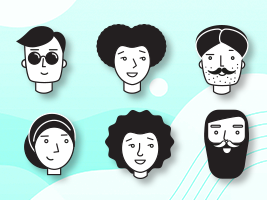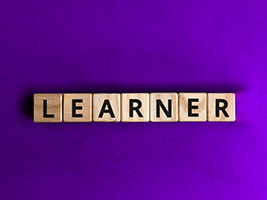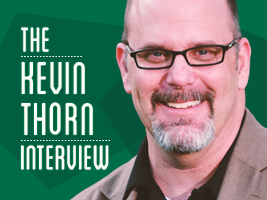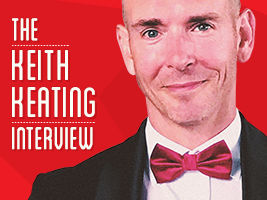
CREATING VALUES TRAINING THAT ROCKS
Getting employees to align with organizational values is not easy. This article explores ways to take your values training beyond a mere checkbox activity.

Getting employees to align with organizational values is not easy. This article explores ways to take your values training beyond a mere checkbox activity.

In L&D, personas are fictional learners that reflect real ones. We create them so we can better understand the aspirations and challenges of learners, and work towards creating a solution that better aligns with their needs. The term is borrowed from the world of marketing, which uses buyer personas. However, we’d do well to consider the implications for L&D and tweak it to suit our purpose, instead of adapting it directly from there.

There are some biases that are harder to spot than others because they almost characterize the thinking of the field itself. Design is conceived in the real world; it is practiced by people living in the real world. These minds are also educated in design and conditioned daily by the real world.

L&D has long had a history of coming up with solutions that fall woefully short of achieving our goals. But changing a word in order to make up for a shortcoming in the way we do our work is not the answer. Instead, I strongly suggest that we focus on improving our solutions by using thoughtful strategies and approaches. Here are some counter arguments for the proposal to stop using the word ‘learner’.

This article is a light-hearted take on how to ensure course failure. So, have a read, and make sure you don’t implement any of the ideas listed.

When SMEs aren’t omniscient superhumans, how can proper solutioning effort support and complement them in a project?

L&D teams seem to follow an all or nothing approach when it comes to learning impact measurement. If you’re measuring a lot of parameters, then good. But if you’re measuring nothing, here are some pointers to get started.

In this exclusive interview with Learnnovators, Conrad Gottfredson shares his insights on the need for prioritizing performance support over the traditional approaches to workplace training. He explains his views on the significance of re-imagining workplace learning by shifting from a ‘learning’ mindset to a ‘performance-first’ mindset. Con’s recommendation to extend our reach into the workflow – where the real learning takes place, is highly thought-provoking.

L&D is an integrative domain that draws on so many other subjects. Therefore, it’s essential that we educate ourselves on these subjects. This article covers a list of the disciplines that are of interest to those in our field, along with some book suggestions under each discipline.

Oftentimes on social media, we come across posts perpetuating some learning myth or the other, followed by a fiery debate around people pointing it out as a myth, the original poster arguing for their position, and so on. But how can we, the L&D cohort, do better at convincing those people (such as the original poster) that what they believe in has been debunked? Read on to find out…

In this exclusive interview with Learnnovators, Kevin Thorn shares his insights on the changing nature of e-learning for workplace training.

In this exclusive interview with Learnnovators, Keith Keating shares his insights on the changing nature of workplace learning from the perspective of design thinking.